Lobster Supply Chain
Maximizing Value in Maine’s Lobster Supply Chain
Maine’s lobster supply chain extends from trap to table
Each step of the way, harvesters and dealers strive to deliver their precious live cargo to their ultimate destination in an active condition. But there’s always room for improvement. In fact, there’s much to be gained by improving efficiencies. With the millions of pounds of live lobster passing through the supply chain, even a 1% improvement in survival not only makes a difference to the bottom line, but it contributes to the sustainable use of this valuable resource.
The University of Maine’s Lobster Institute has assembled a collaborative team of industry stakeholders and researchers, aiming to identify these stress points and provide targeted solutions to the problem.
To maximize the value of Maine lobsters we are undertaking two main research goals.
We hope our contributions will help the industry improve the long term sustainability of this fishery.
This research is made possible through grants from NOAA’s Saltonstall-Kennedy Program and the University of Maine Research Reinvestment Fund.
Events
If you missed our Collaborative Chats Zoom webinar hosted by Maine Sea Grant, Maine Department of Marine Resources, and the Lobster Institute you can view the recorded session here!
Meet Our Team
- Richard A. Wahle, University of Maine’s School of Marine Science and Lobster Institute
- Damian C. Brady, University of Maine’s School of Marine Sciences and Lobster Institute
- Deborah Bouchard, University of Maine’s Aquaculture Research Institute and Lobster Institute
- Steve Jury, St. Josephs College
- Ben Gutzler, Wells National Estuarine Reserve
- Cassandra Leeman, University of Maine’s School of Marine Science
- Annie Tselikis, Maine Lobster Dealers’ Association
- Patrice McCarron, Maine Lobstermen’s Association
- Curt Brown, Ready Seafood
- Ben McKinney, Luke’s Lobster
- Eric Payne, Inland Seafood
Lobster fitted with out C-HAT
A midcoast Maine warf
Team members taking a hemolymph sample
Press and Publications
- Fitbit for lobsters? UMaine tracker could improve lobster survival in supply chain
- MockLobster, FitBugs May Buoy Profits
- Scientists Have Designed an Activity Tracker for Lobsters
- A New Device Tracks Lobsters as They Move Through the Supply Chain
- Activity trackers for lobsters designed for fight against waste
Learn more about our industry partners!
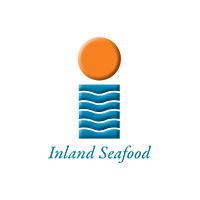
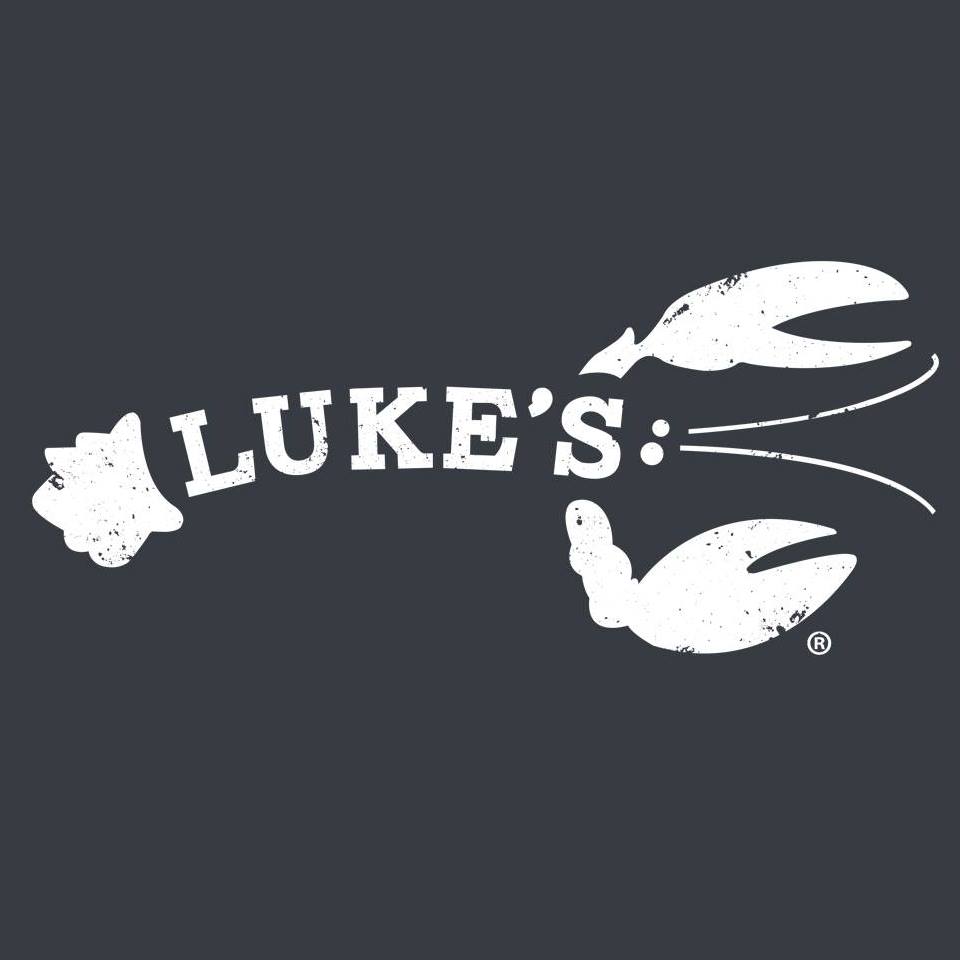
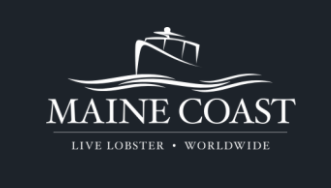
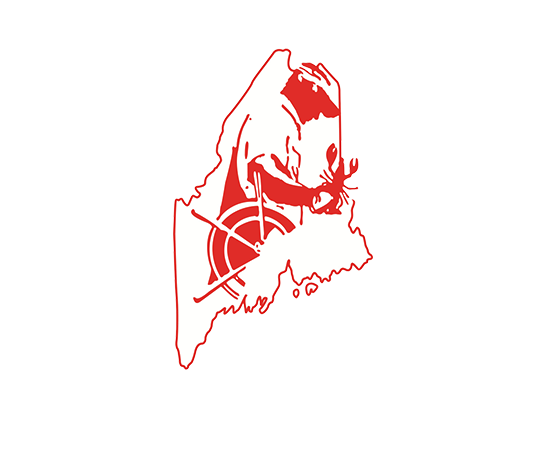

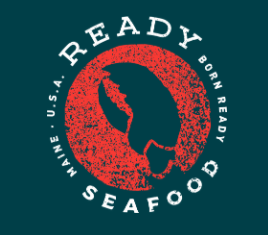
Questions? Contact us!

Cassandra Leeman
Graduate student

